While the experiences of cruising the Kancamagus Highway on your road bike and getting down and dirty covering all 35 miles of machine-made singletrack at Green Woodlands on your mountain bike are vastly different, preparing for long rides is remarkably similar. Whether you’re going the distance on a road bike or planning to go big on a mountain bike, here are some secrets for a successful big bike ride.
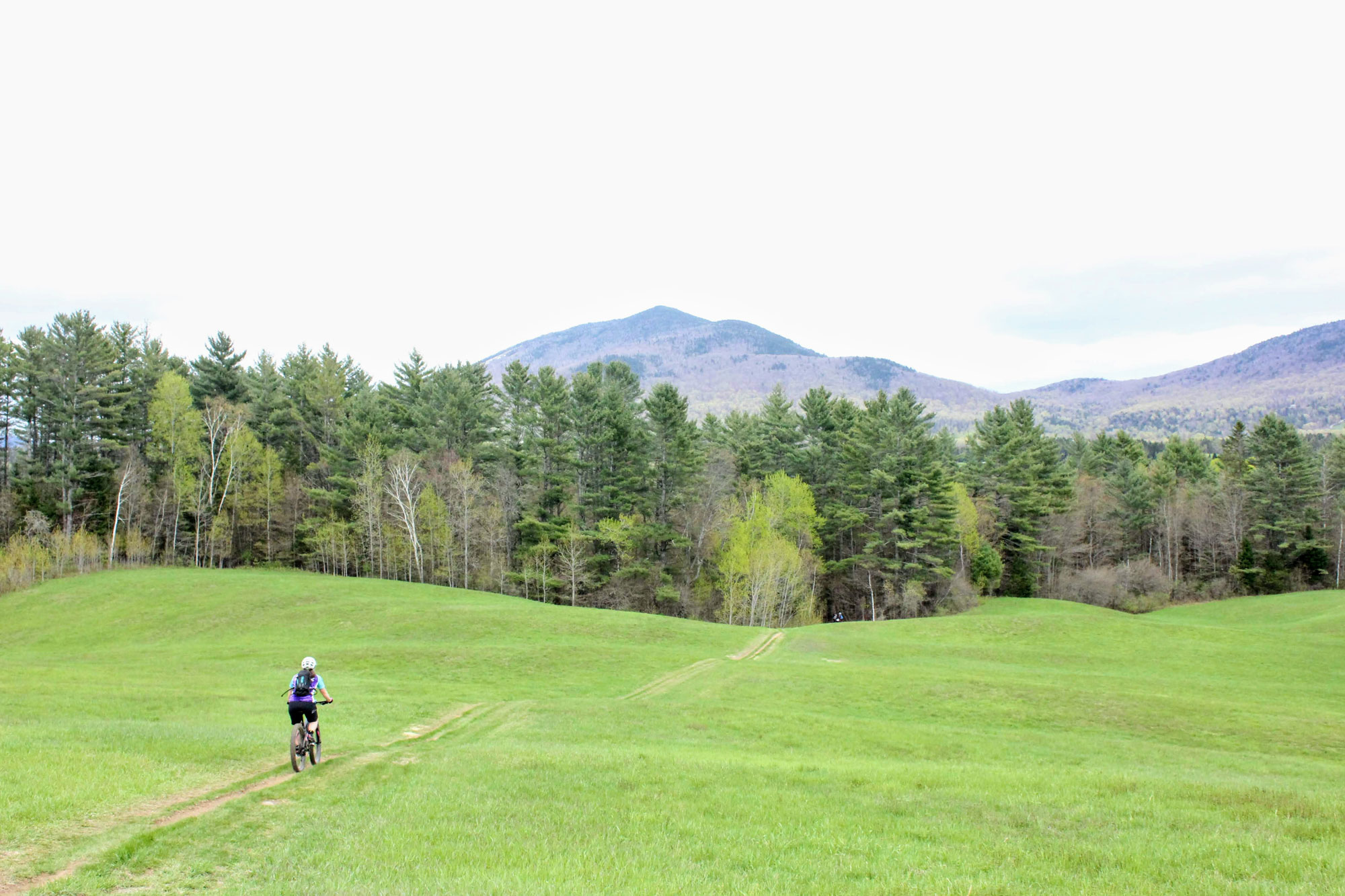
1. Log Miles
The success and enjoyment of your ride depends on what is done in the weeks and months leading up to it. Everyone has different training needs, but in general, the more time you put in the saddle, the better the big day is going to feel. Don’t wait until the last minute to train; Ideally, the week prior to the ride is reserved for gentle sessions that leave you feeling fresh and ready for your big ride.
2. Reconnoiter the Ride
Before hitting the road or trail, it’s important to know what you’re getting yourself into. Studying the route to get a clear understanding of the terrain (hilly, rolling, flat), infrastructure (are there places to get food or refill water?), and key intersections (trail or road) is a good way to ease stress and set yourself up for success. Nothing beats tires on the ground—try riding a smaller section (or sections) of your planned ride to get a feel for what you’re up against. Riding a few sections in advance also reduces the likelihood of you getting lost on your big ride, which is likely to be very important as fatigue sets in.
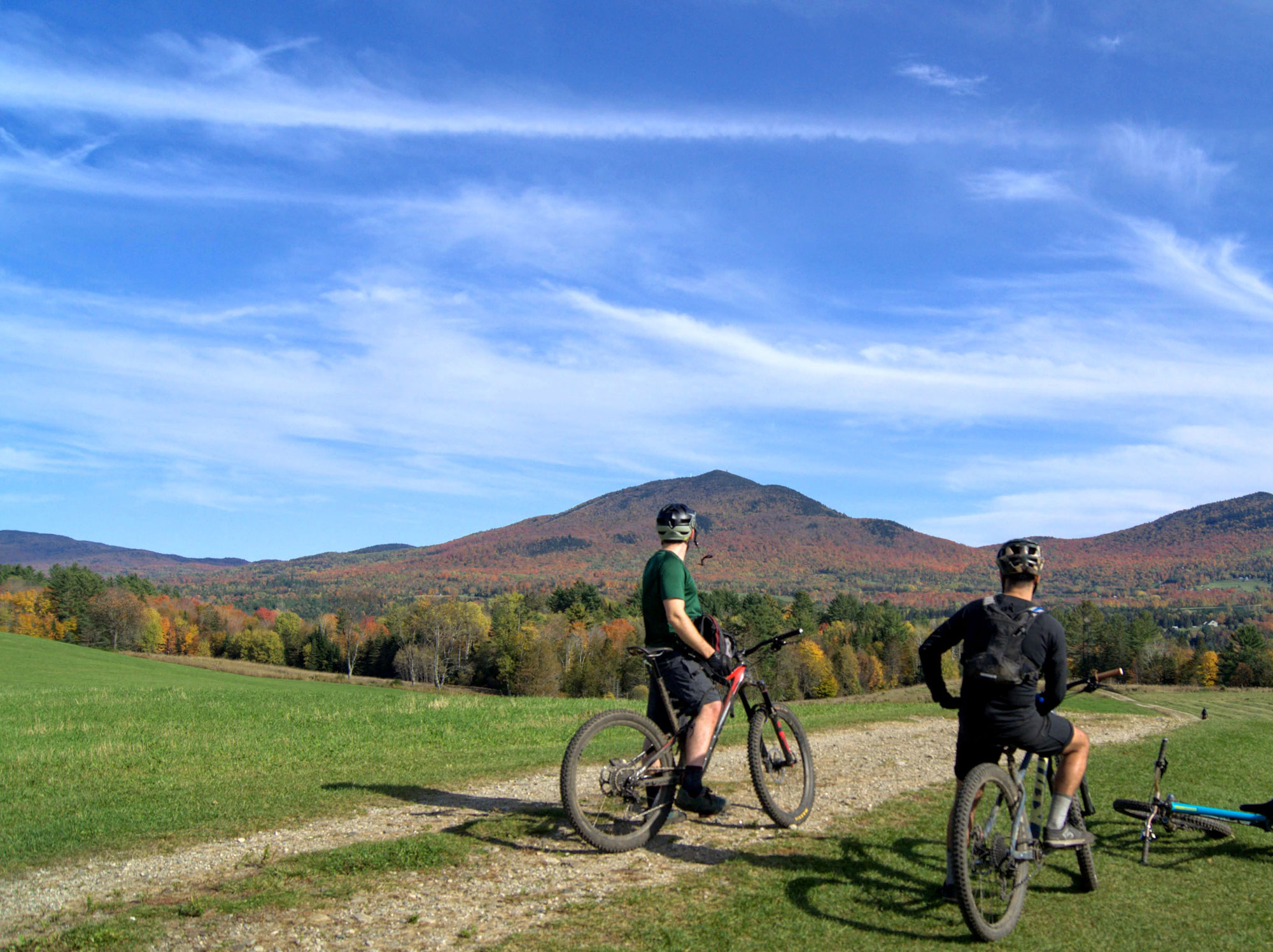
3. Small-Sized Segments
Whether tackling massive mileage, vast vertical, or just pushing a personal best, a big bike ride can seem daunting. A smart strategy is to break the ride into smaller, more easily-accomplished segments. Plan ahead and have rewards waiting—riding the first 50 miles of a century is less unnerving when there’s a piece of pizza (or two) waiting.
4. Get in Tune with Your Bike
An underperforming, malfunctioning, or broken-down bike will suck the enjoyment from your ride and may even end it early. Before heading out, make sure your bike is in top mechanical condition. Here are a few things to confirm before the big day:
- All bolts are tight
- Brake pads aren’t worn
- Shifting is smooth—there is no skipping
- Wheels are true and there no loose spokes
- Tires have tread and aren’t damaged—for example, there are no glass shards in tread or excessive wear in the sidewalls
- Tire pressure is set correctly
And if you ride a mountain bike, you’ll also want to make sure:
- Your suspension is set up correctly
- The dropper post (if you have one) is functioning properly
- There is sealant in tubeless tires (if you have them)
If you don’t feel confident tuning your bike, bring it to a professional. Just make sure to leave them plenty of time to go through it.
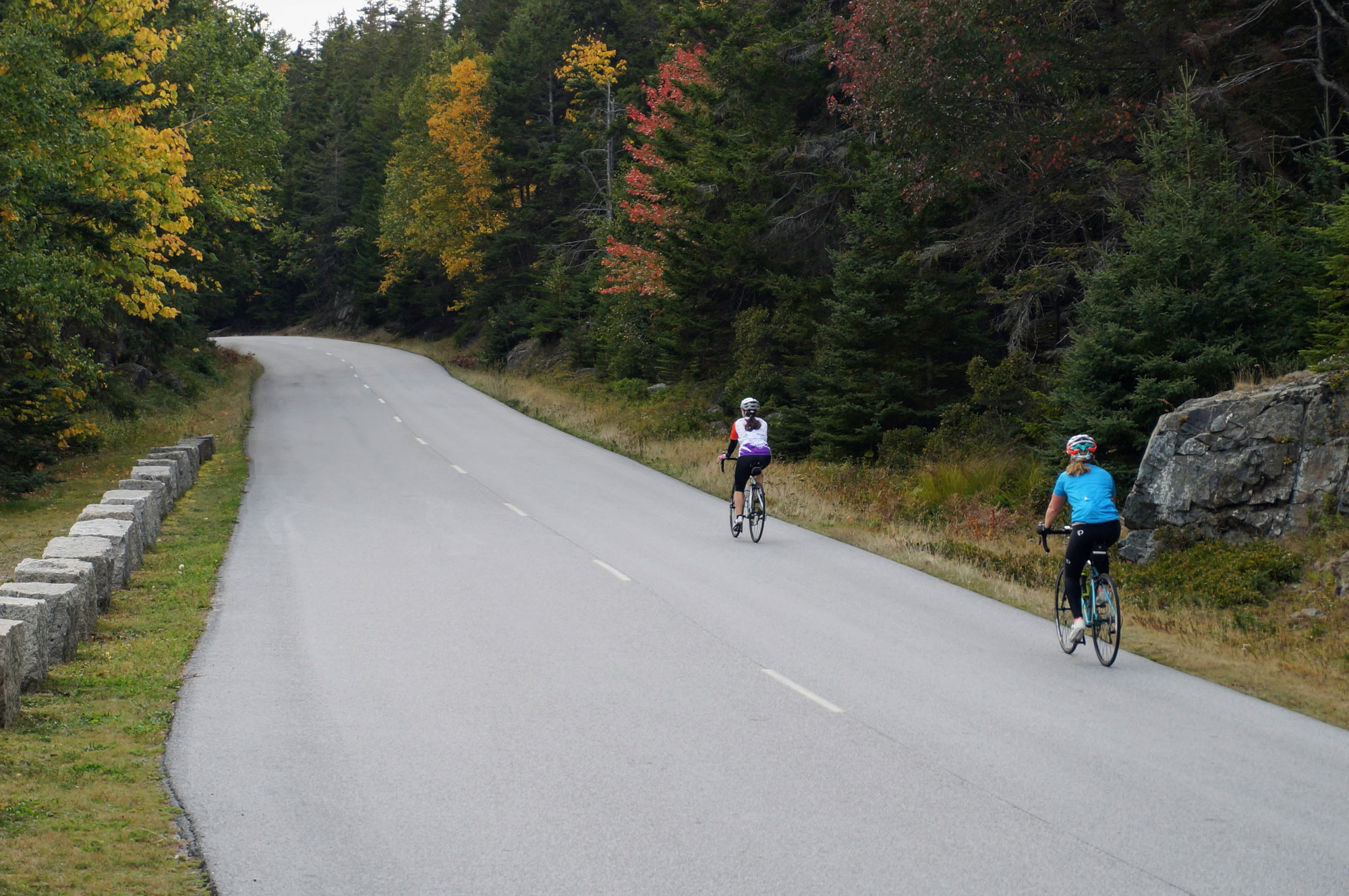
5. What Can Go Wrong, Will Go Wrong
No matter how well you train or prepare, something inevitably will go wrong. Luckily, unforeseen events don’t have to mean an end to your ride. Pack a small repair kit and practice making common fixes such as changing a flat tire. A good basic repair kit includes:
- A multitool
- Two tubes
- Tire levers
- Tire repair tool and plugs
- A pump or CO2 inflator and cartridges
- Chain breaker and master link
- A spare derailleur hanger (for mountain bikes)
- A couple of zip ties
- Duct tape
6. Other Essential Items
In addition to mechanical problems, it’s important to prepare for other eventualities. A fully charged cell phone can help you summon a ride in the event of a blowout (either your bike or you), and a $20 bill or a credit/debit card is a blessing if you need to procure a much-needed snack. Lastly, carrying an ID or wearing an identification band is essential in the event of an accident.
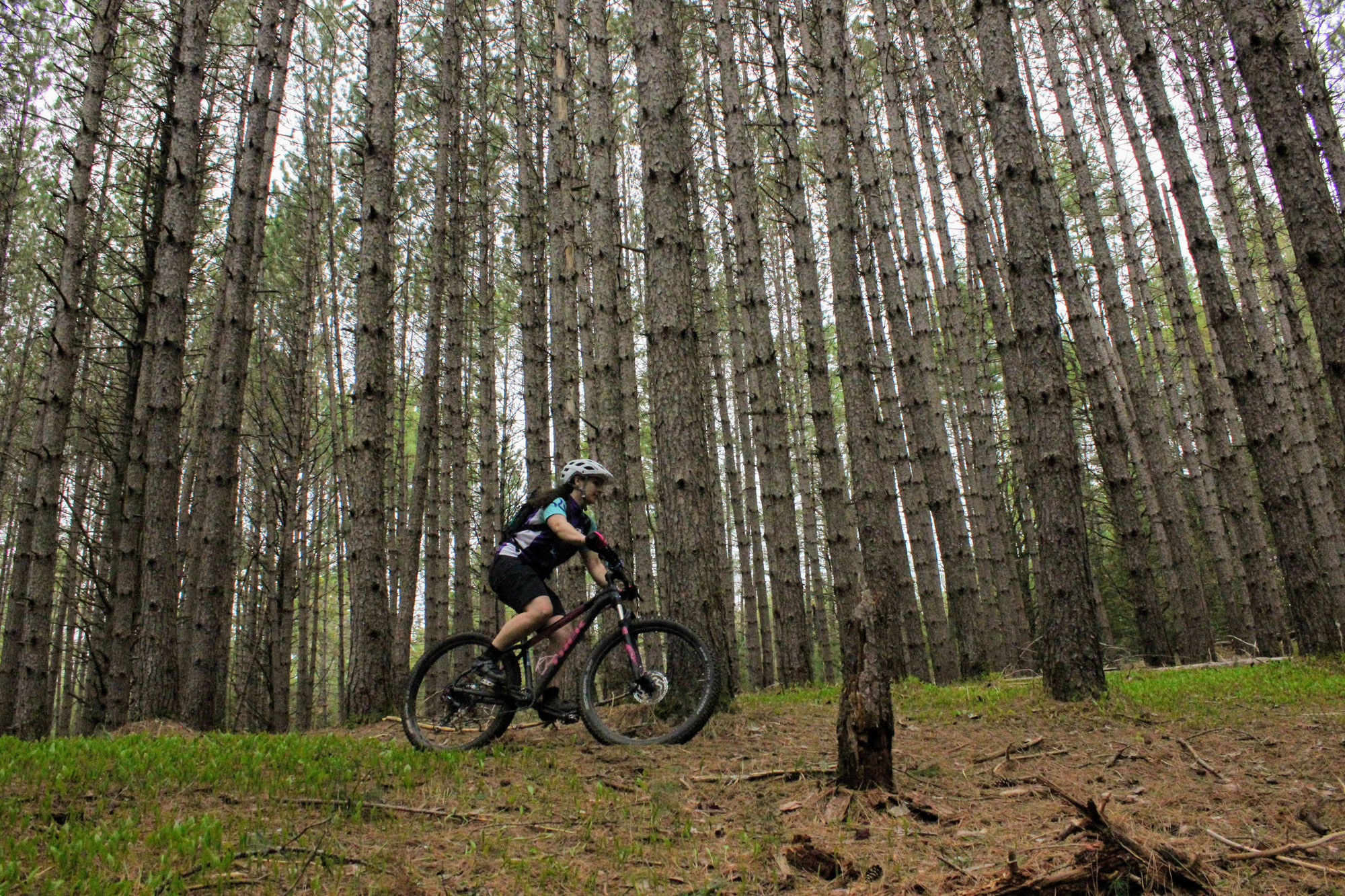
7. Correct Clothes
Like any outdoor activity, you’ll want to have the proper layers on hand for your long ride. While the exact layers will depend on when and where you’re riding—and the amount of space you have available to carry them—one item stands apart from the rest: padded bike shorts. Padded bike shorts cushion your sit bones and protect your most delicate parts, ultimately making cycling more enjoyable. The longer your ride, the more valuable a good pair of bike shorts becomes.
8. Food and Drink
A long ride is no time to count calories or worry about your diet. A good rule of thumb is to eat before you’re hungry and drink before you’re thirsty. A big ride is also no time to mess around with new foods. Use your training miles to figure out what works for you—some riders prefer gels and bars while others prefer real food like wraps or PB&J sandwiches cut into small squares.
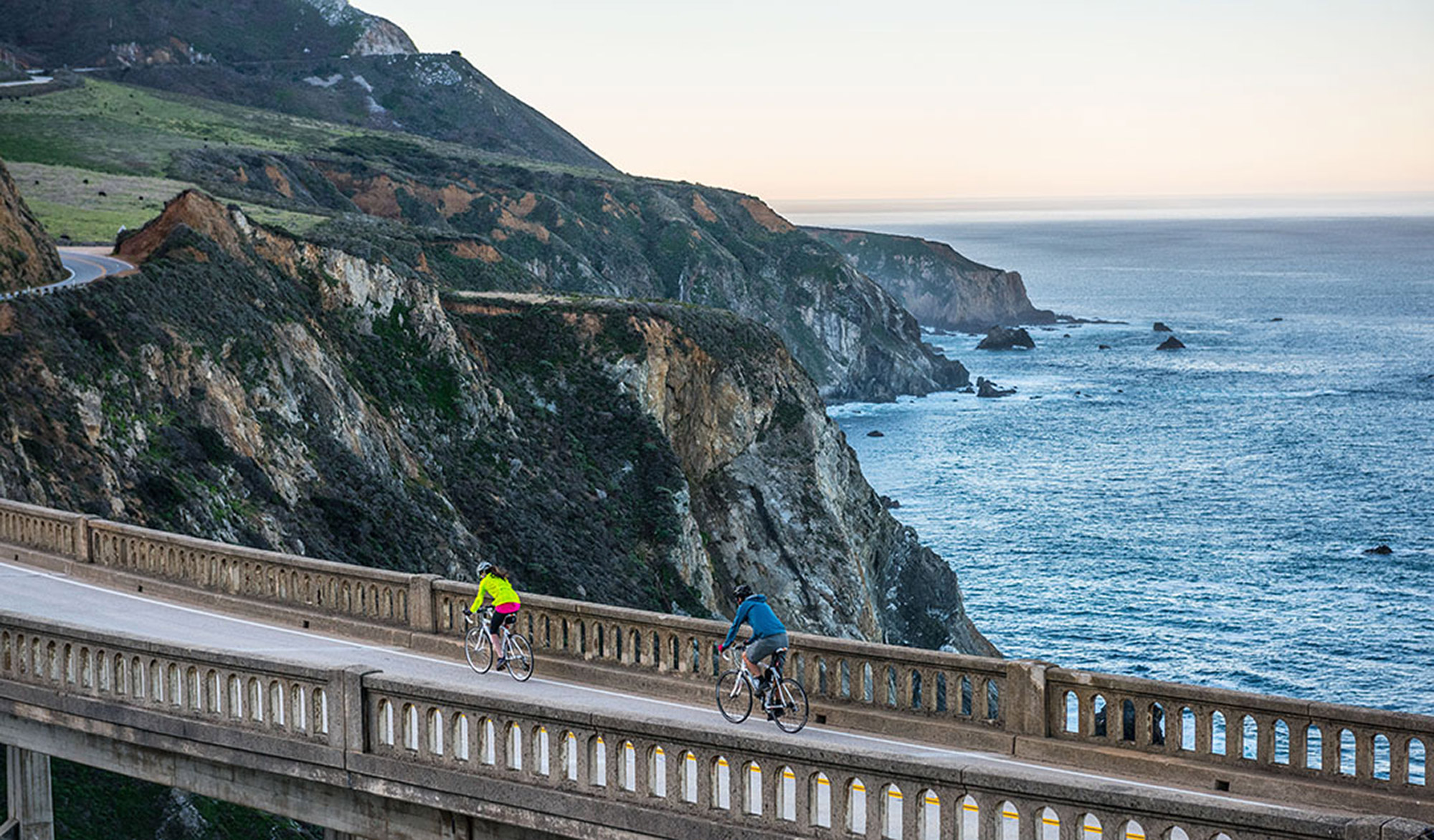
9. Move Around
Even the most seasoned cyclists cramp up and get stiff when stuck in one position for too long. During your ride, move your hands around the bars, shift back and forth on the saddle, and stand up from time to time to keep from placing too much strain on one body part.
10. Power of Positive Thinking
The fact is most long bike rides fall into the second category of fun—that is, the experience is blissful in hindsight, but feels a lot like suffering in the moment. It’s okay to feel tired and it’s normal to get sore, but don’t let those physical ailments turn into negative thoughts. Think in positives—for example, at the 50-mile mark of a century, you don’t have half the ride left to finish, rather, you’ve already completed half the ride.
The old saying, “If you fail to plan, you are planning to fail” often holds true. Since a big bike ride is challenging enough, don’t make it harder by failing to show up properly prepared. If you have any more tips for riders looking to tackle a big ride this year or any favorite long rides that others should check out, let us know in the comments!
Tim Peck and Doug Martland
Tim and Doug met long ago at the Eastern Mountain Sports in Canton, Massachusetts. Bonding over a love of slick Quincy Quarry granite, White Mountain sufferfests, and scheming up adventures while folding tee-shirts, today Tim and Doug collaborate to write about their favorite outdoor activities and occasionally get nostalgic about tee-shirt tables.
Related Posts
April 2, 2024
10 Tips for Mountain Biking Etiquette During Mud Season
One rough spring could ruin the…




